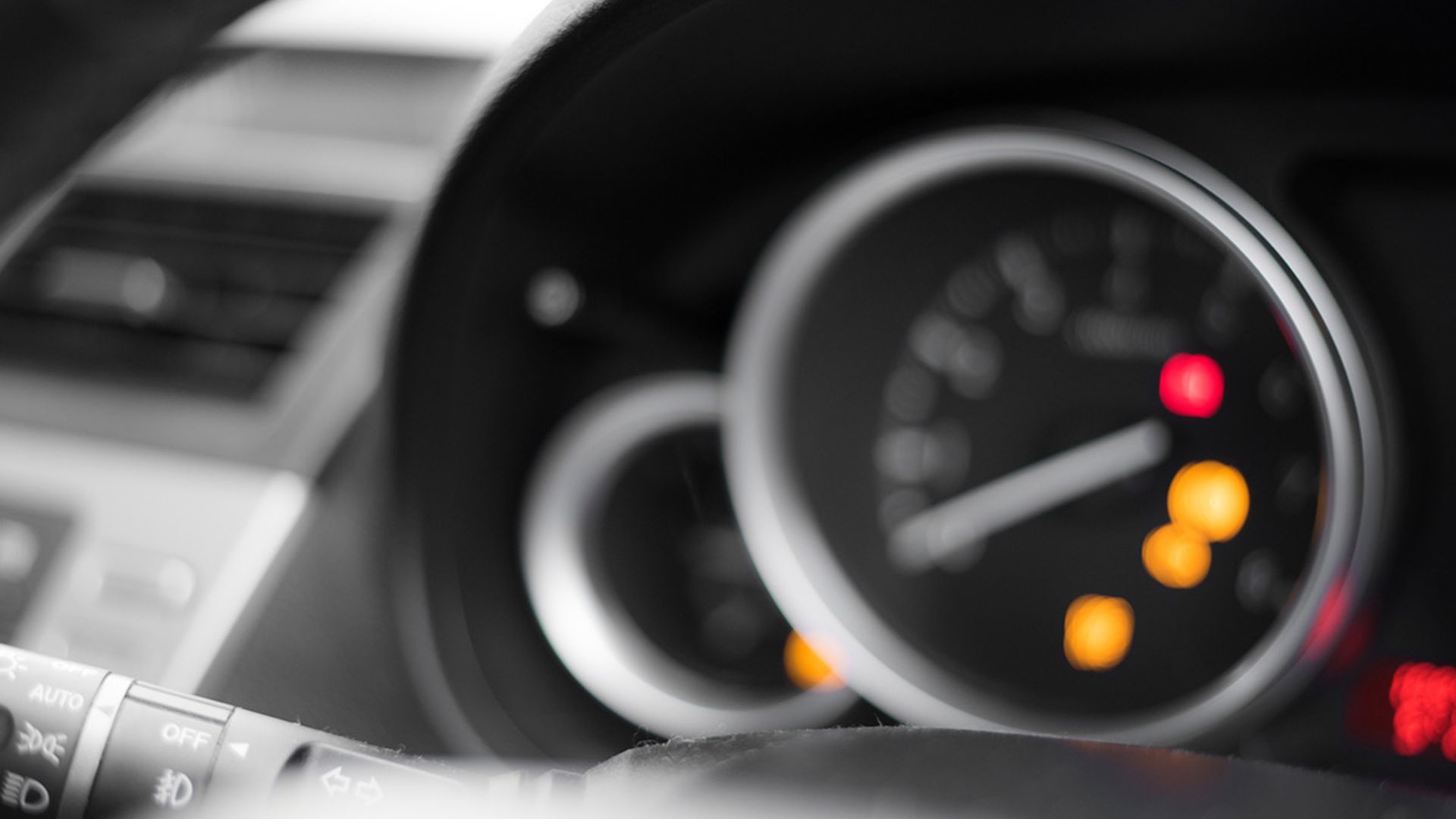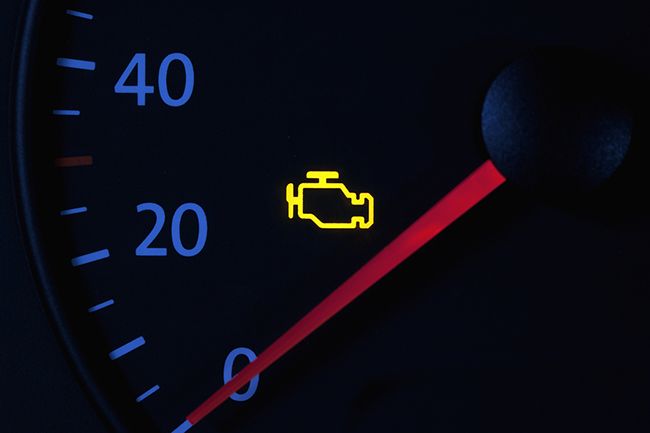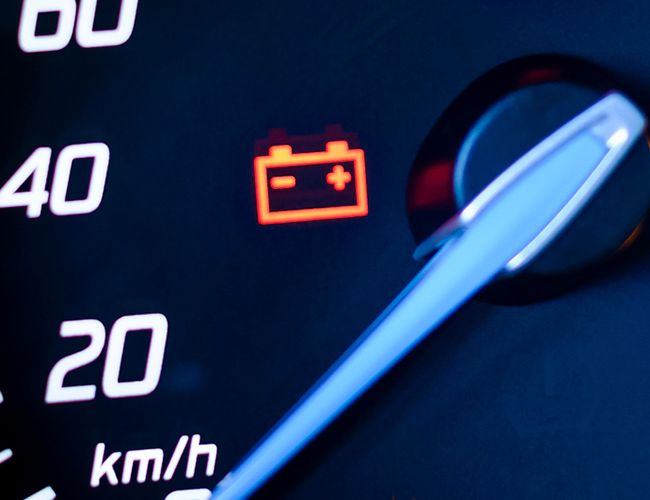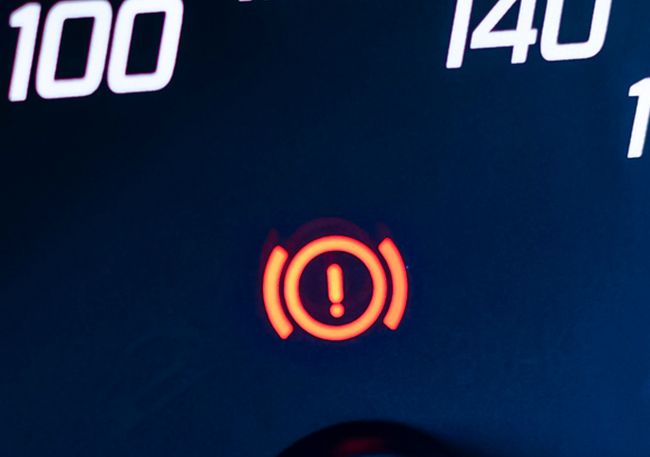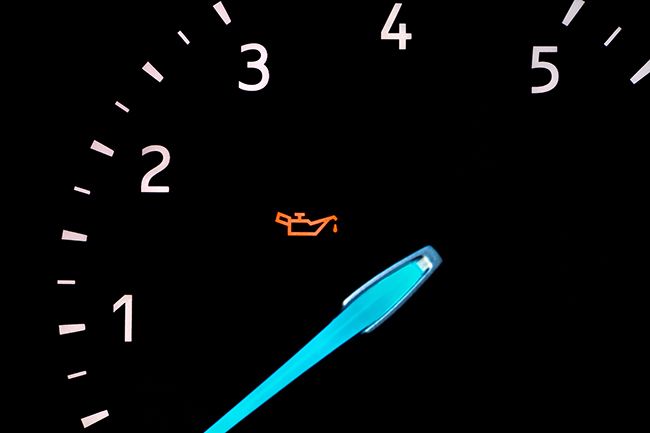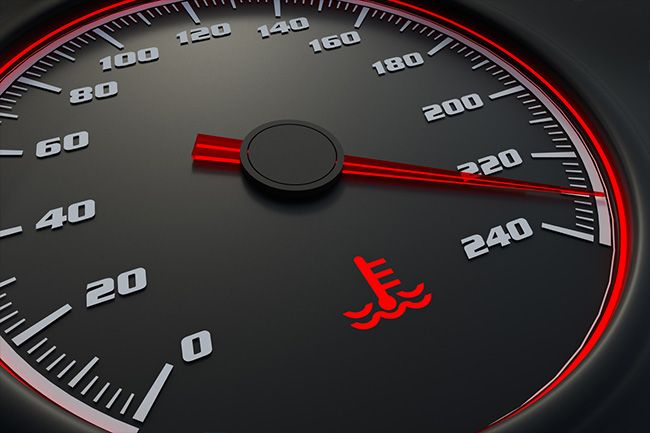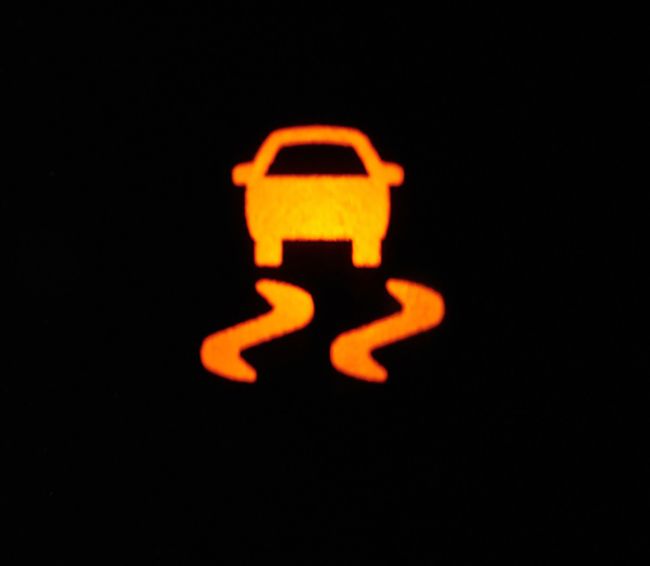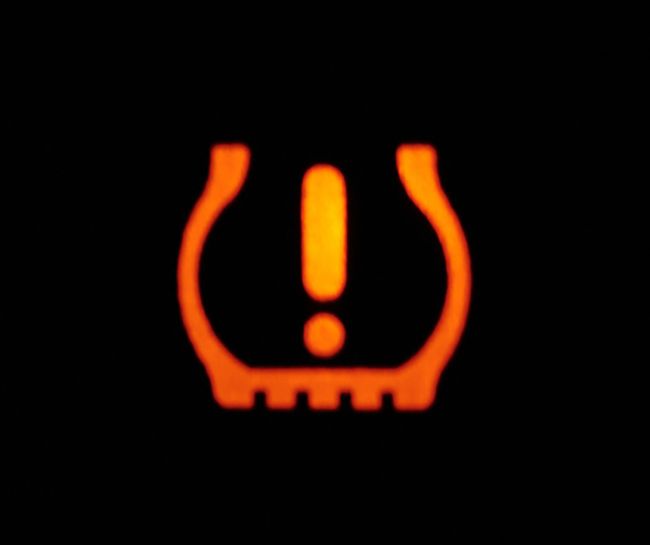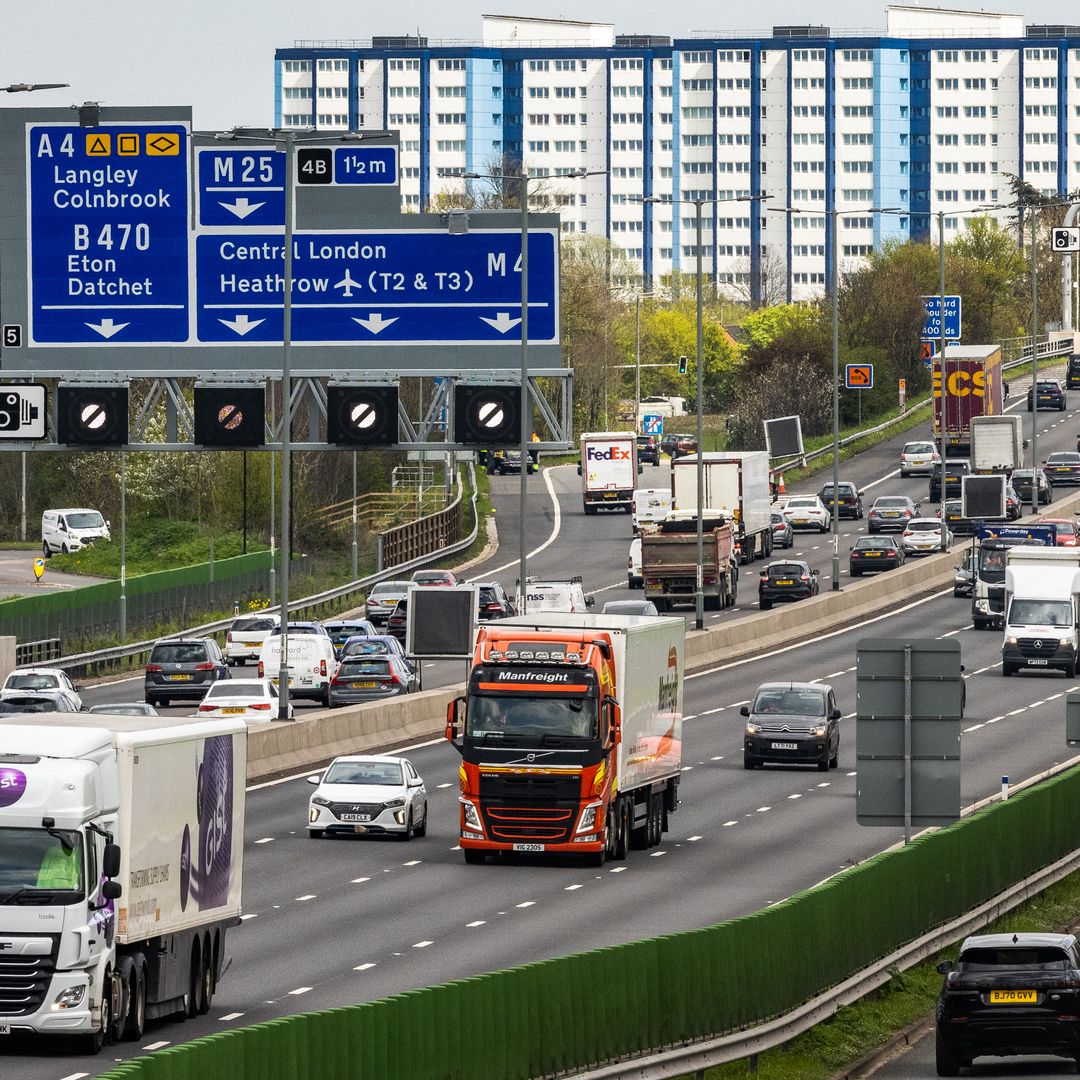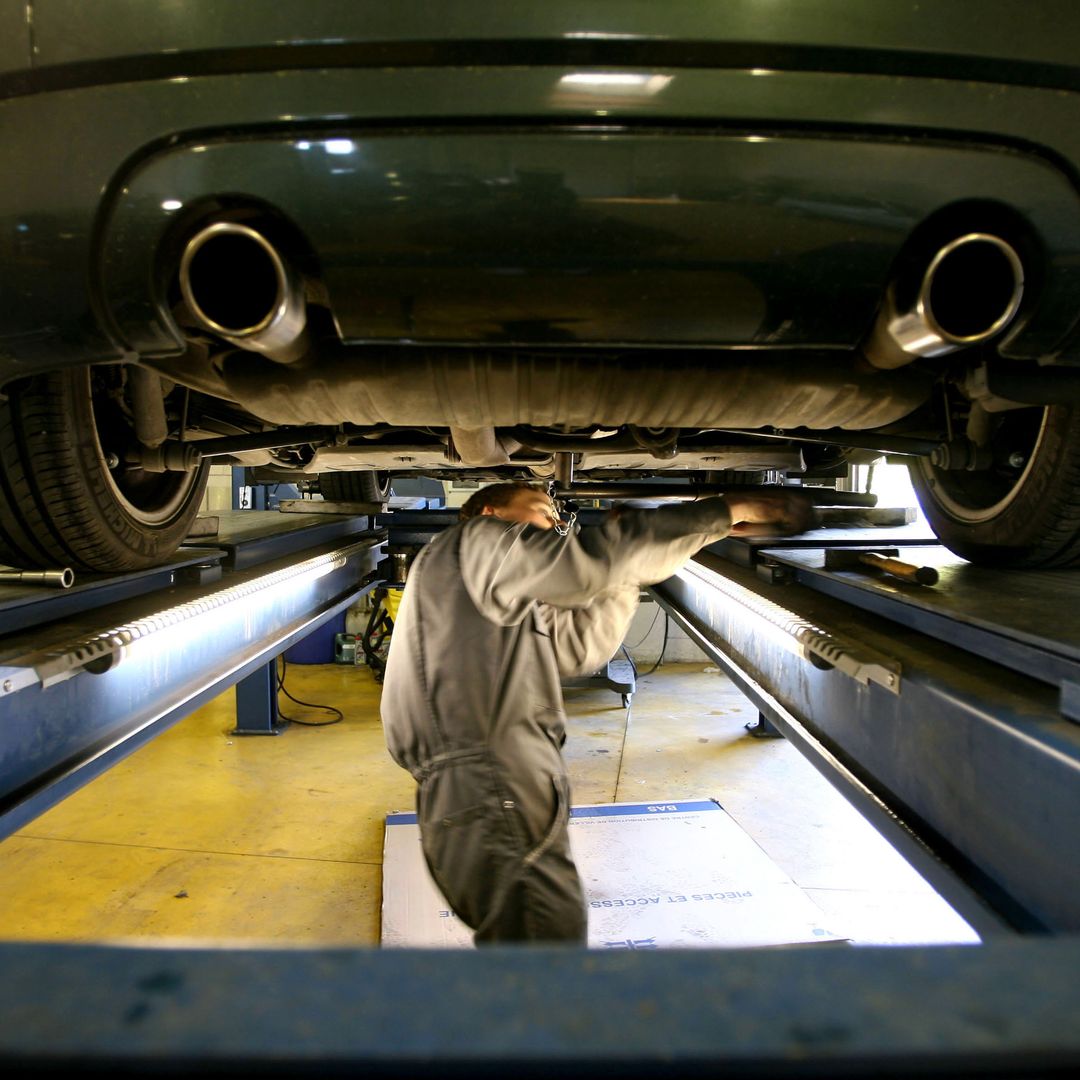A recent survey by Halfords found that more than a fifth of UK motorists ignore a warning light on their car’s dashboard, while almost a third (30%) admitted to simply overlooking warning lights. Are you one of them?
Your car’s warning lights are there for a reason – they’re your car’s way of telling you something is wrong, whether it’s mechanical or electronic, and come in three colours: a Red warning light means you should pull over immediately and possibly call your breakdown provider; a yellow warning light signals something is wrong and to check it out as soon as possible; green warning lights aren’t to signal something is wrong, but that something is on like your headlights or fog lights.
READ: 9 new driving rules for 2022 every motorist should know
But if you’re constantly confused as to what your car’s warning lights mean, we’ve highlighted the ones you need to know about. These warning lights are the ones you should NEVER ignore…
1. Engine management warning light
Also known as an ECU (engine control unit) or ‘check engine’ warning light, this should definitely ring alarm bells. If it's amber then it's an advisory warning and probably indicates an issue with engine emissions. In most cases, you’ll be able to continue your journey, but you should get your car examined as soon as possible.
If it's flashing (amber), then you should immediately head to a garage. Drive gently because you may cause serious damage to your car. Tell-tale signs that the engine is not working properly include a lack of power and stuttering when you press the accelerator. Some cars also have a red engine management warning light. If you see this, stop as soon as it's safe to do so and call your breakdown recovery provider. Continuing to drive your car could cause irreparable damage to your engine.
2. Battery warning light
There could be a problem with the battery itself, or a faulty alternator failing to charge the battery as you drive along. Either way, get it checked out by an expert before your car lets you down. If you're lucky, you may just need a new battery, which is a relatively quick and inexpensive fix.
RELATED: 9 tips to be a safer, smarter drive - especially with kids in the car
MORE: The UK's top car theft hotspots, revealed
3. Brake warning light
The brake warning light could be triggered by something as simple as leaving the handbrake on. If it vanish when you disengage the handbrake, it could be a sign that your vehicle’s brake fluid level is low or there's a more serious mechanical problem.
4. Low oil pressure warning light
This old-fashioned oil can symbol indicates that there's an issue with your car’s oil pressure system. If you see this red warning light, pull over safely because it may cause serious damage to the engine if you continue driving.
Turn the engine off, check the oil level using the dipstick and look for any possible oil leaks around the engine bay or underneath your car. If you're lucky, the oil may just need topping up, but if light stays on, call your breakdown provider.
5. Engine cooling system warning light
If you see a red thermometer in water symbol it means your car’s engine is getting too hot and there’s a problem with the cooling system. Just like the oil pressure warning light, you should stop as soon as it's safe to do so, then turn off the car’s engine to let it cool down. Again, check for any leaks around the engine and below, but it may just be that the coolant needs a top-up.
Never undo the coolant filler cap while the engine is hot, as the system may still be under pressure and boiling coolant may spray from the filling tube. However, this warning light could also be triggered by more serious faults such as a broken radiator or water pump.
6. Airbag warning light
A red light showing a person with a round blob in front of them suggests something is wrong with one of your airbags or the entire airbag system. If the light doesn't go out, get expert assistance as soon as possible because airbags help to protect you if you're involved in an accident.
7. Traction control warning light
If you see this amber symbol of a car with skid marks briefly appear while you're driving, it means the car's electronics are working to maintain traction, usually in wet or slippery conditions. If it keeps appearing, you should slow down and drive more cautiously. If it stays on permanently, there could be a more serious fault and you should seek expert advice.
8. ABS warning light
The anti-lock braking system kicks in during hard braking and helps prevent the wheels locking up and causing a skid. If you keep seeing this amber light, then you may need to adjust your driving for the conditions or there could be a problem with the ABS system itself.
If the ABS warning light appears you should be able to drive for a short distance to get the fault checked out, but you should keep your distance and take extra care. If the ABS symbol comes on with the brake warning light, it could indicate a major problem with the brake system, so you should stop when it's safe and call your breakdown provider.
9. Tyre pressure warning light
If you see an amber symbol showing the cross section of a tyre surrounding an exclamation mark, it means that sensors in the wheels (from the TPMS, or Tyre Pressure Monitoring System), have detected a loss of pressure. Checking and topping the air pressure on the tyres should do the trick, but if the light comes back on, you might have a puncture or another problem.
You should not drive with under-inflated tyres because they can adversely affect a car's handling and braking, increase the risk of a high-speed blow-out and create uneven tread wear.
Like this story? Sign up to our HELLO! newsletters to get other stories like this delivered straight to your inbox.
